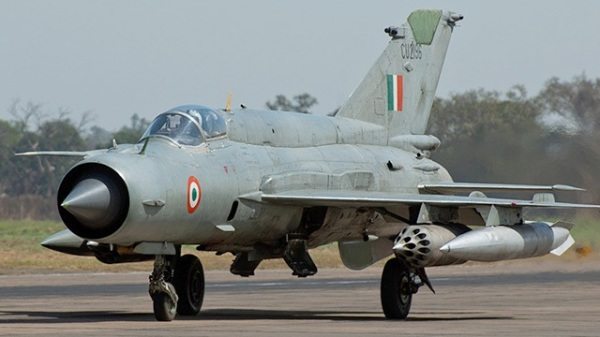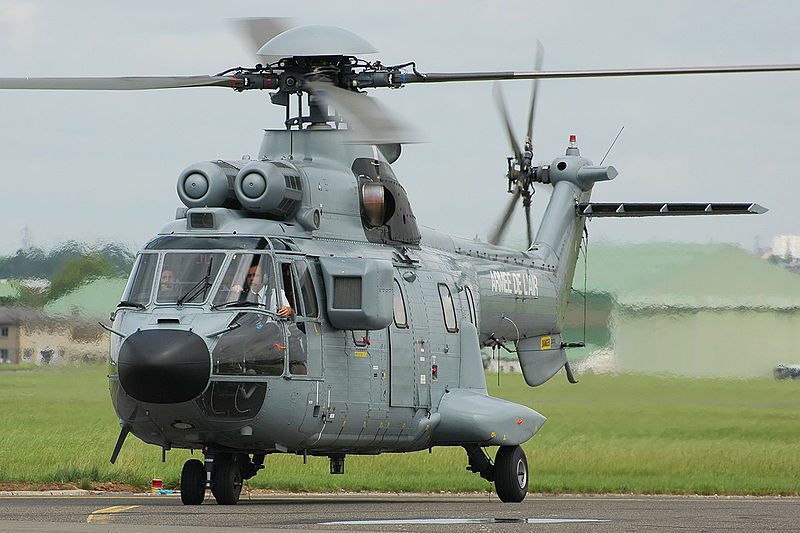Frustrated by long delays in replacing their growing stockpile of obsolescent equipment, India’s three armed service chiefs have been warning the government that procurement delays are compromising the country’s war preparedness, military sources have told The Hindu. The government, the sources said, was told the Air Force’s combat jet fleet would soon begin shrinking dangerously, even as the Army was short of tanks and artillery.
The warnings come as Admiral D.K. Joshi, who resigned as Navy chief in the wake of an explosion on the INS Sindhuratna on Wenesday — one of several submarines refitted to serve beyond its design life, because of procurement and modernization delays in the navy.
Facing severe budgetary constraints, New Delhi has moved to curtail military spending, freezing modernization expenditure for 2014-2015 — making it unlikely that major acquisitions will take place soon.
On a wing and a prayer
The Indian Air Force estimates it needs 50 squadrons to fight a two-front war — the mandate the forces were given by Defence Minister A.K. Antony. The IAF air force has only 34 squadrons against the 42 it is sanctioned to operate. The six squadrons of ageing MiG-21s and two of MiG-27s will be phased out in 2018 — leaving in place six Jaguars squadrons, three MiG-29 squadrons, three Mirage 2000 squadrons and 14 Sukhoi Su-30 squadrons.
India is expected to buy 126 Rafale medium combat jets from France, but it is uncertain when the contract will be signed. In the meanwhile, costs for the purchase have soared from the $10.6 billion estimated in 2007, to over $25 billion.
Even if the contract is signed in 2015, the first aircraft will not become available until 2018. Former air force chief N.A.K. Browne had warned, in in December, that delays beyond March, 2017, could compromise the air force’s combat capability.
India’s indigenous Tejas, meanwhile, is also expected to come into service in numbers only towards the end of the decade.
A $3-billion proposal to acquire 56 transport aircraft to replace the antiquated HS-748 transport aircraft has also been delayed, along with another to purchase 197 light utility helicopters, following the alleged AgustaWestland bribes scandal.
The major purchases that have been concluded have all been government-to-government sales from the United States — perceived as corruption-free, though expensive, since there is no competitive tendering. India has bought 12 P-81 long-range maritime patrol aircraft, along with C-17 and C-130J military transport aircraft.
Creaking Army
For its part, the Army says it is facing critical deficits of howitzers, anti-tank missiles, infantry combat vehicles and even assault rifles. India’s programs to equip its armored regiments with T-90S main battle tanks and the indigenous Arjun are running years behind schedule. The infantry, meanwhile, is down to half its sanctioned strength of over 88,000 anti-tank missiles, after planned purchases ran into allegations of corruption.
In early 2010, the Army reported it was short of 3,90,000 ballistic helmets, 30,000 third-generation night vision devices, 1,80,000 lightweight bullet-proof jackets, 15,000 general purpose machine guns and 1,100 anti-materiel rifles.
Later this year, the Army is expected to begin testing the 66,000 5.56mm assault rifle it needs to replace substandard but Indian-made weapons it was arm-twisted into accepting in the late-1990s.
In a leaked March 12, 2013 letter to Prime Minister Manmohan Singh, the then Chief of the Army Staff General V.K. Singh pointed to “hollowness” in the Army’s fighting capabilities.











